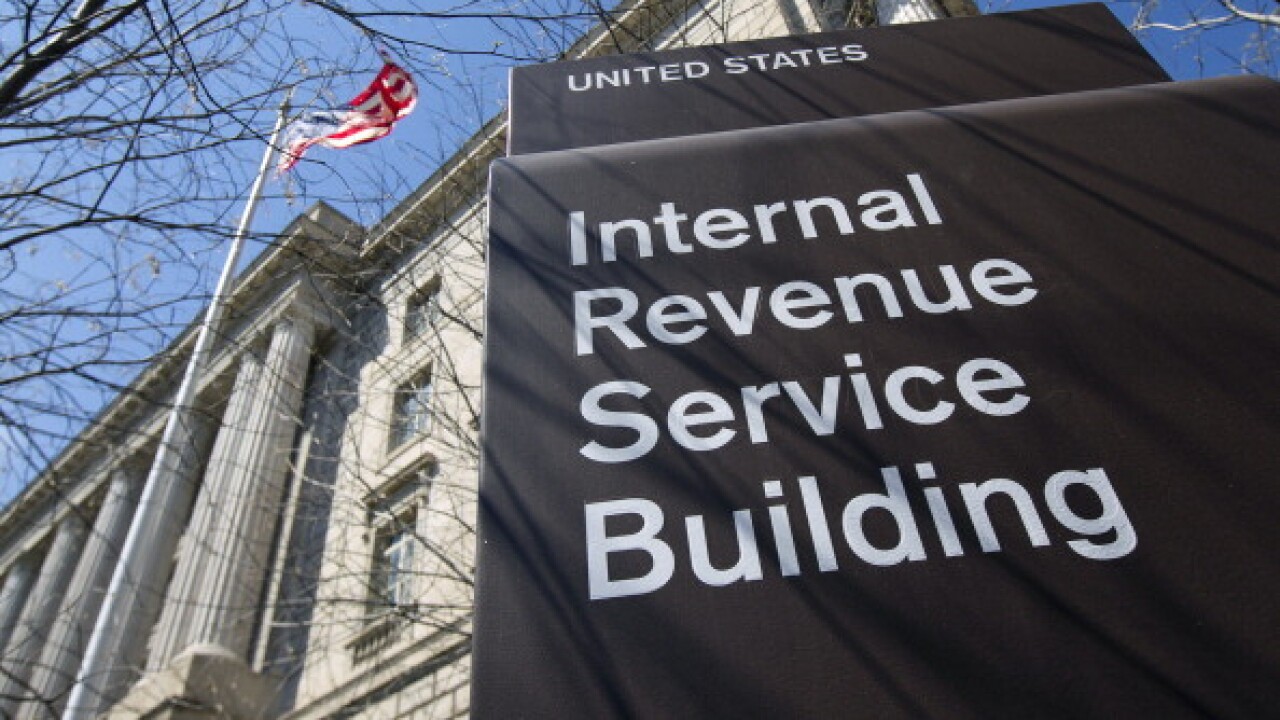Both the underlying code and the accompanying
One of the more complicated areas of Section 1031 is related-party transactions. In particular, let’s focus on a paragraph within the related-party rules reiterating the well-established “substance over form” doctrine used in legal analysis. Paragraph 1031(f)(4) states that the rules applying to related-party transactions will cease to operate if a transaction (or series of transactions) is structured to avoid the “purpose” of those rules. This paragraph is clearly designed to protect against abusive practices that may follow the form of the law even while disobeying its substance. We’ll take a brief look at the related-party rules and then shed light on this paragraph by highlighting the kind of reasoning used in substance over form analyses.

Basics of Related-Party Transactions
A “related party” transaction means a sale or acquisition involving a party of a certain level of relatedness to the taxpayer. This level of relatedness is defined by the code and stems from Sections 267(b) or 707(b)(1). As these sections make clear, relatedness means different things for different types of parties. For instance, for corporate parties, the taxpayer must have a certain ownership percentage of the buying or selling corporate entity to be classifiable as related.
The rules impose a two-year ownership requirement on property transferred from a related party. This is the primary additional requirement of related-party transactions. This two-year ownership requirement applies to both the taxpayer and the related party or parties. 1031(f)(1)(C) reads as follows:
“… before the date 2 years after the date of the last transfer which was part of such exchange― (i) the related person disposes of such property, or (ii) the taxpayer disposes of the property received in the exchange from the related person which was of like kind to the property transferred by the taxpayer, … there shall be no nonrecognition of gain or loss under this section to the taxpayer with respect to such exchange; except that any gain or loss recognized by the taxpayer by reason of this subsection shall be taken as of the date on which the disposition referred to in subparagraph (C) occurs. …”
Hence, for related-party buyers — that is, related parties who buy the relinquished property from the taxpayer — in a standard delayed exchange, the two-year clock for the buyer begins at the end of the exchange after the acquisition of the replacement property. Likewise, in standard delayed exchanges, the two-year clock for related-party sellers would also begin at the end of the entire exchange when the final replacement property has been acquired. The “last transfer” language in the beginning of 1031(f)(1)(C) thus creates a consistent two-year schedule for related parties and taxpayers regardless of any other details of a given exchange.
Some commentators, including experienced tax attorneys in this area, have stated there are limitations or restrictions on these transactions that do not appear in the code. For instance, some have stated that related-party transactions involving both a related-party buyer and related-party seller are “impermissible” or will necessarily collapse upon judicial scrutiny. Other statements similar to this have been made as well, such as that any boon received by the taxpayer in a related-party exchange may jeopardize the exchange. Invariably, judicial analysis of the code begins with the plain language of the code. Many elaborate legal theories have failed to take this into account. Based on the language we have, we know transactions involving both a related-party buyer and seller are theoretically possible. This is clear from the language of the code. Aside from the two-year ownership requirement, the main qualification of subsection 1031(f) is found in paragraph 1031(f)(4). This is the paragraph where we find the reiteration of the “substance over form” doctrine.
Substance over Form
In tax law, the purpose of a transaction can affect its tax implications. The purpose of a transaction depends on its economic substance as opposed to its legal form. This reasoning is referred to as the “substance over form” doctrine and has been used in judicial analysis of tax law for many decades. The case of
“… (4) Treatment of certain transactions. … This section shall not apply to any exchange which is part of a transaction (or series of transactions) structured to avoid the purposes of this section. …”
We know the underlying purpose of the related-party rules is to prevent abuse of the provisions of Section 1031. This is evident from certain language within subsection 1031(f) as well as from judicial opinions dealing with this subsection. Basis shifting, for instance, is a common example of the type of behavior the related-party rules are trying to prevent. Paragraph 1031(f)(4) reiterates the importance of the underlying purpose of the related-party subsection and establishes that every related-party transaction may be subject to a case-by-case analysis. If we are looking for bright-line rules pertaining to related-party transactions beyond this, we will be disappointed.
Of course, we can look to guidance from the relevant IRS documents and take instruction where we can from judicial opinions, but the code itself makes clear what the underlying purpose of this subsection is and how these transactions should be treated. Though these transactions may present myriad issues depending on the facts of a given case, the general rule is that nonrecognition will be determined based on how a given exchange conforms with the underlying purpose of this subsection.





